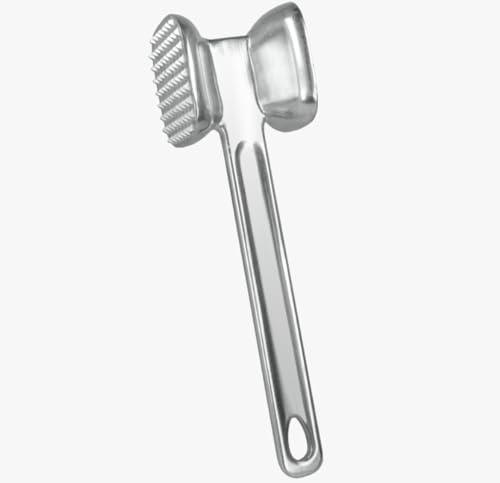Understanding the Importance of Choosing the Right Hammer
When it comes to tackling various tasks around the house or on a job site, having the right tools is essential. One tool that often gets overlooked but is a fundamental part of any toolkit is the humble hammer. Hammers are versatile tools that can be used for a wide range of applications, from driving nails into wood to breaking up concrete. However, not all hammers are created equal and choosing the right one for the task at hand can greatly impact the effectiveness and efficiency of your work.
Consider the Material of the Hammer’s Head
One of the primary factors to consider when selecting a hammer is the material of its head. The two most common types of hammer heads are metal and rubber. Metal-headed hammers, such as those made from steel, are excellent for tasks that require a significant amount of force, such as driving nails or breaking up hard materials like concrete. On the other hand, rubber-headed hammers, often referred to as mallets, are ideal for tasks that require a more delicate touch, such as woodworking or furniture assembly. The rubber head helps to minimize damage to the surface being struck, reducing the risk of leaving marks or dents.
Consider the Weight and Handle of the Hammer
Another important factor to consider when choosing a hammer is its weight and handle. The weight of the hammer will determine how much force can be applied with each swing. Heavier hammers are generally more effective for tasks that require a significant amount of force, while lighter hammers are better suited for tasks that require more control and precision. Additionally, the handle of the hammer plays a crucial role in user comfort and fatigue. Handles made from materials such as wood or fiberglass offer better shock absorption and grip, reducing the strain on the user’s hand and arm.
Determine the Task at Hand
Before selecting a hammer, it is essential to determine the specific task you will be using it for. Different tasks require different types of hammers to achieve optimal results. For example, if you need to drive nails into wood, a claw hammer with a metal head and a curved claw for removing nails will be suitable. If you are working with delicate materials like glass or ceramic, a rubber mallet will provide the necessary finesse without causing damage. By understanding the requirements of the task, you can choose a hammer that is best suited for the job.
Consider the Brand and Quality
Lastly, it is always advisable to consider the brand and quality of the hammer you are purchasing. While there may be cheaper options available, investing in a reputable brand known for producing high-quality tools can make a significant difference in the longevity and performance of the hammer. Look for brands with positive reviews and a history of producing durable, reliable tools. Remember, a high-quality hammer will not only make the task at hand easier but will also last longer, saving you both time and money in the long run.






